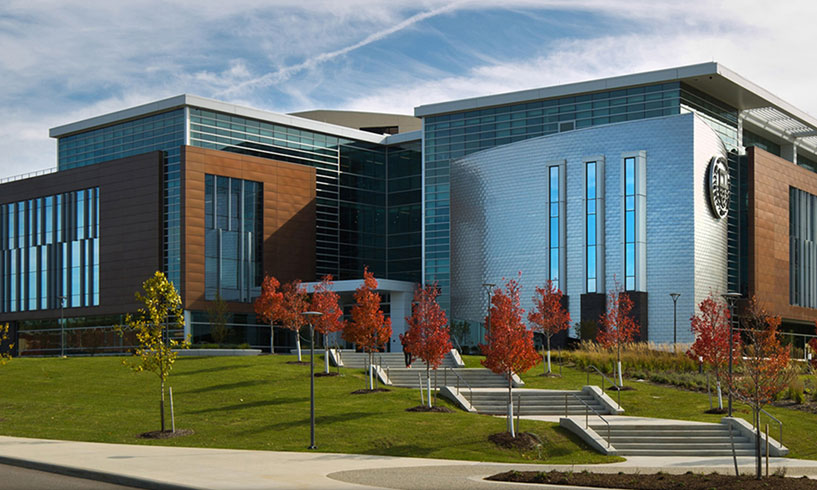Jobs created in economic recovery going to those with a college degree
Posted: July 1, 2016 | Updated: August 30, 2016

Ninety-nine percent of jobs created in the post-recession are going to those with at least some college education, according to a new study from the Georgetown University Center on Education and the Workforce.
Of the 11.6 million jobs created since the recession ended in 2010, 11.5 million went to workers who continued their education beyond high school. Of those, 8.4 million went to people who had earned bachelor's degrees or higher. Only 80,000 of the post-recession jobs went to people whose highest level of education was a high school diploma.
The study, "America's Divided Recovery: College Haves and Have-Nots," released June 30 underscores the importance of a college education to thrive in the 21st century economy.
For the first time, college graduates make up a larger share of the workforce than workers with a high school diploma or less. Workers with at least some postsecondary education now make up 65 percent of the total employment.
“Today’s labor market is demanding a more skilled workforce,” said Lakeland Community College President Morris W. Beverage, Jr.
Occupational and industry shifts have been major drivers of change in the labor market. The recovery added primarily managerial and professional jobs in industries such as health care, business, financial, education and government services. The health care industry has had the largest growth since December 2007, adding 2.2 million jobs.
“Health care is one of the fastest growing industries in Northeast Ohio,” said President Beverage. “Lakeland is training more nurses and health care professionals for these high-paying jobs of the future.”
To keep up with rising demand, Lakeland is expanding its health building and adding nine new health programs in the next five years, including polysomnography, dental assistant, occupational therapy assisting, and physical therapy assisting. The study finds a widening divide between the “college haves” and the “college have-nots” which will have an impact on the socioeconomic makeup of America.
“There are vastly different economic realities for those with and without a college education,” said Beverage. “Those with less education have fewer pathways to the middle class.”
According to the report, these recent economic trends have made it clearer than ever that a college degree continues to be the most important economic asset for those who want to succeed in the labor market.
The Georgetown University Center on Education and the Workforce is an independent, nonprofit research and policy institute that studies the link between individual goals, education and training curricula, and career pathways.
By: Jessica Novak, Marketing Communications Specialist
tshook@lakelandcc.edu
440.525.7717
